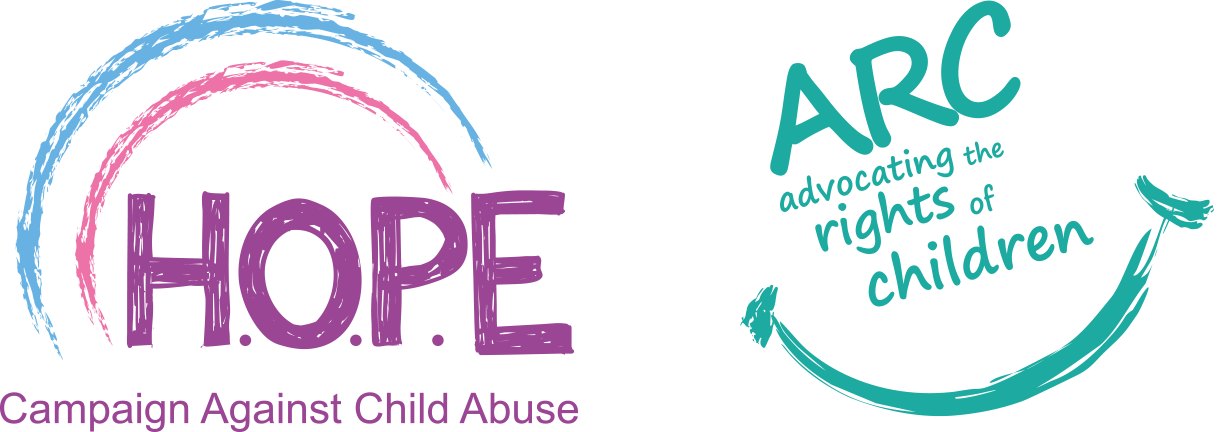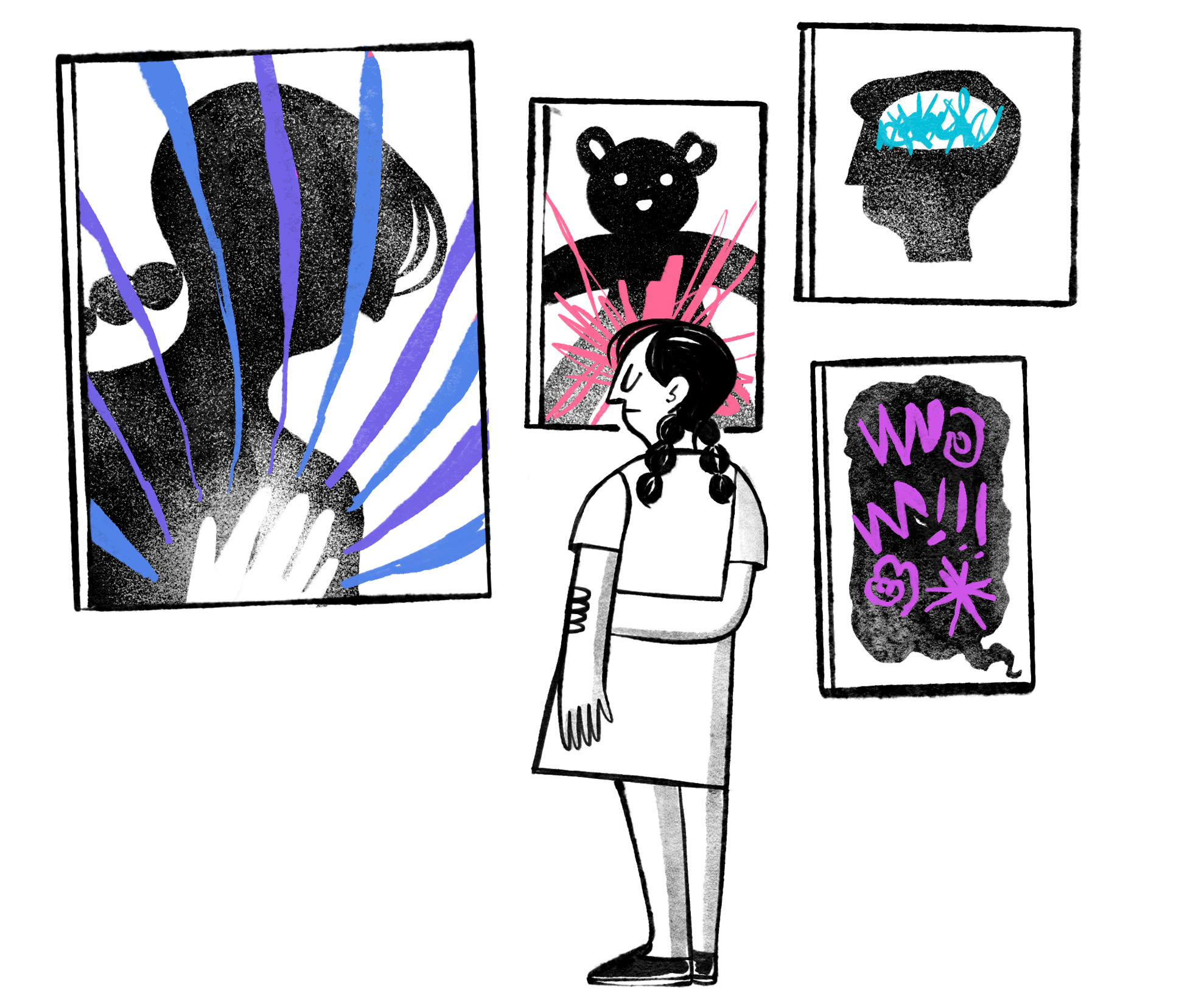Defining Child Abuse
Child abuse refers to any act or failure to act that results in harm, potential harm, or threat of harm to a child's physical, emotional, or psychological well-being. It encompasses various forms.
Who is a Child?
In the Maldives, a child is typically defined as an individual under the age of 18 years. This definition aligns with international standards and recognizes the vulnerability and protection needs of individuals during their developmental stages.
Types and signs of Abuse
By understanding the various forms of child abuse and their associated signs or indicators, individuals can recognize and report suspected cases to protect the well-being and rights of children in our communities.
-
Physical Abuse
Physical abuse involves the use of physical force that results in bodily harm, injury, or pain to a child.
SIGNS/INDICATORS
Unexplained bruises, cuts, burns, fractures, or injuries inconsistent with the child's explanation or developmental stage.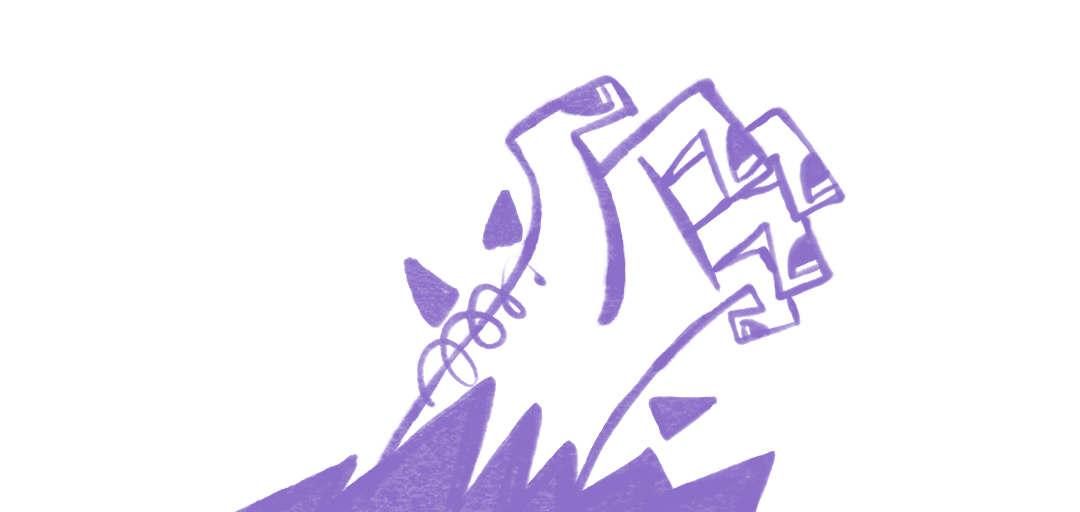
-
Sexual Abuse
Sexual abuse encompasses any sexual activity or exploitation involving a child, including molestation, rape, incest, pornography, or grooming.
SIGNS/INDICATORS
Genital or anal injuries, difficulty walking or sitting, sudden fear of specific places or people, inappropriate sexual knowledge or behaviors.
-
Emotional Abuse
Emotional abuse involves behaviors that harm a child's emotional or psychological well-being, such as verbal threats, belittling, rejection, or constant criticism.
SIGNS/INDICATORS
Low self-esteem, withdrawal, anxiety, depression, extreme mood swings, fearfulness, or self-harm behaviors.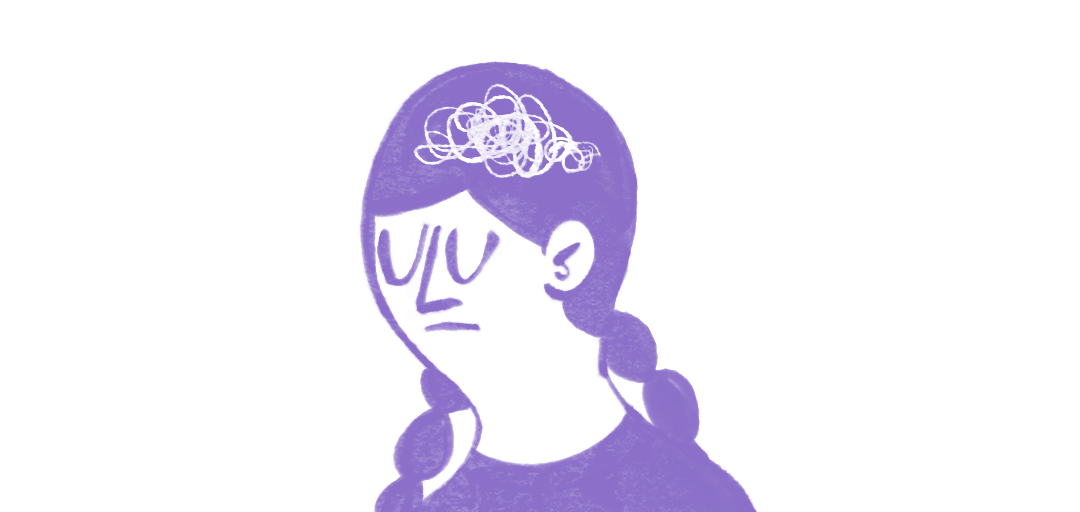
-
Neglect
Neglect involves the failure to provide for a child's basic needs, including food, shelter, clothing, medical care, supervision, education, or emotional support.
SIGNS/INDICATORS
Poor hygiene, malnutrition, untreated medical conditions, inadequate clothing, frequent absences from school, lack of supervision or parental involvement.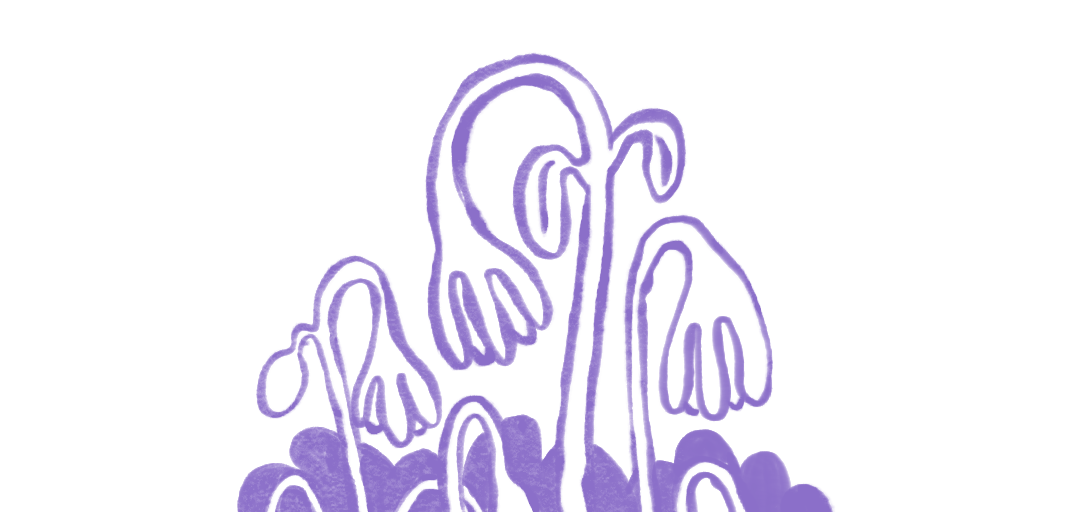
-
Exploitation
Physical abuse involves the use of physical force that results in bodily harm, injury, or pain to a child.
SIGNS/INDICATORS
Unexplained bruises, cuts, burns, fractures, or injuries inconsistent with the child's explanation or developmental stage.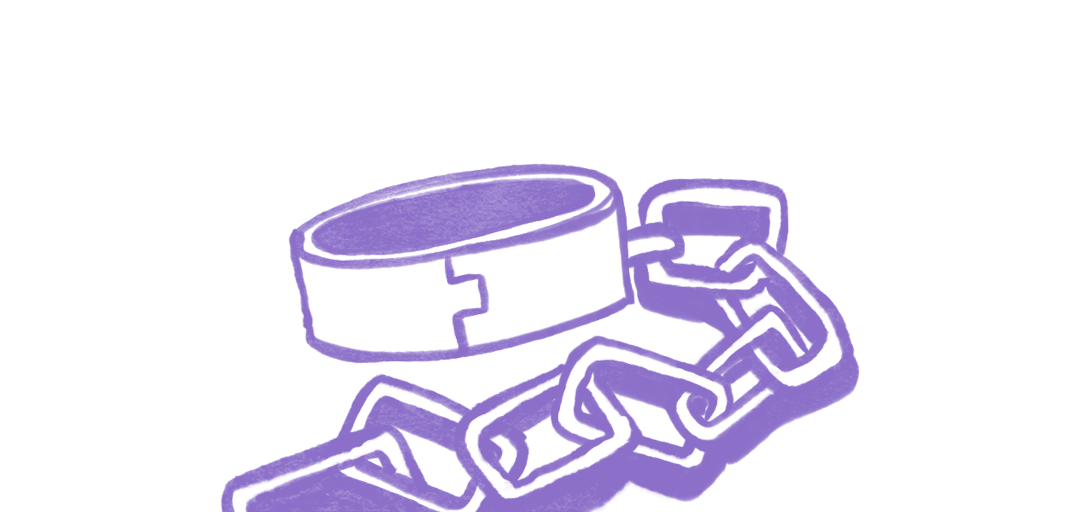
Effects of Abuse
By understanding the various forms of child abuse and their associated signs or indicators, individuals can recognize and report suspected cases to protect the well-being and rights of children in our communities.
-
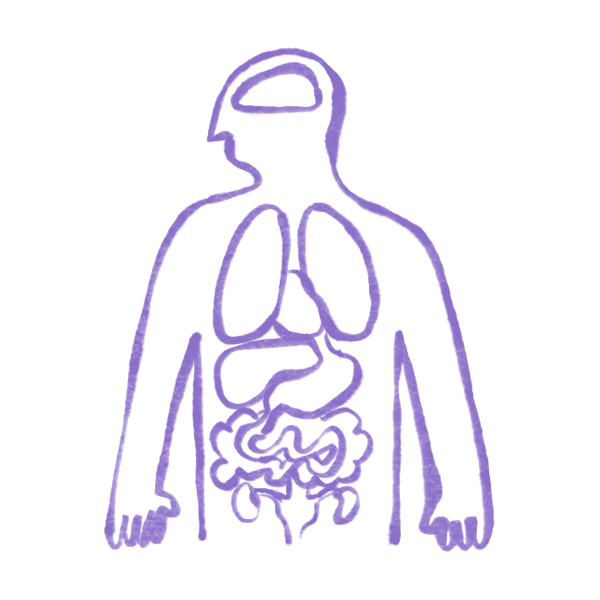
Physical Health Effects
Short-term
Immediate physical injuries such as bruises, fractures, burns, or internal traumaLong-term
Chronic health issues like headaches, gastrointestinal problems, cardiovascular diseases, and impaired neurological development. -
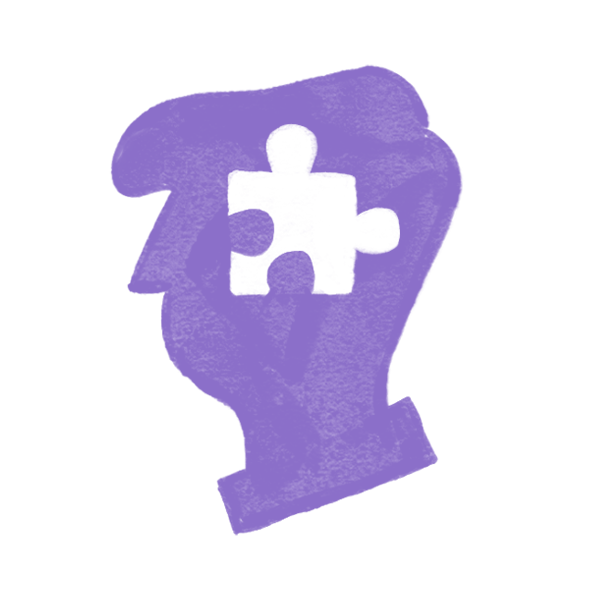
Cognitive & Developmental Effects
Short-term
Impaired cognitive functions, learning difficulties, academic underachievement, and developmental delaysLong-term
Reduced cognitive abilities, executive functioning deficits, and challenges in coping with stress and adversity. -

Social Effects
Short-term
Social withdrawal, isolation, aggression, difficulty in social interactions, and poor peer relationships.Long-term
Social alienation, attachment disorders, interpersonal difficulties, and challenges in establishing a sense of belonging and trust. -
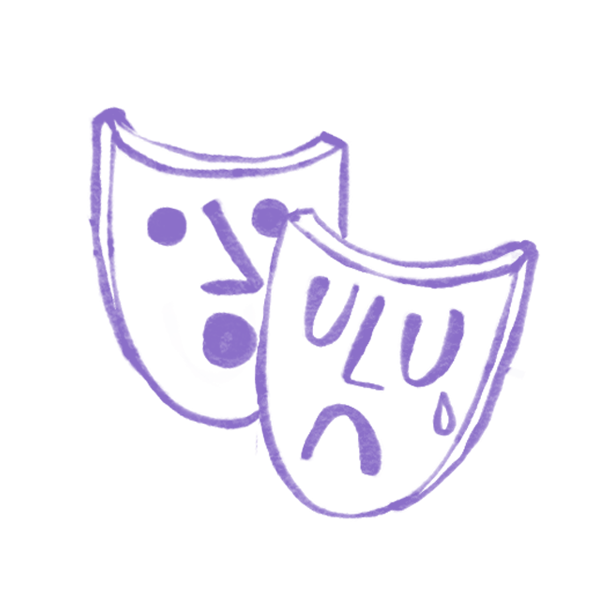
Emotional & Psychological Effects
Short-term
Fear, anxiety, depression, post-traumatic stress disorder (PTSD), sleep disturbances, nightmares, and behavioral problems.Long-term Low self-esteem, trust issues, difficulties in forming healthy relationships, emotional dysregulation, substance abuse, self-harm, and suicidal tendencies.
Risk factors for child abuse
By understanding the various forms of child abuse and their associated signs or indicators, individuals can recognize and report suspected cases to protect the well-being and rights of children in our communities.
-
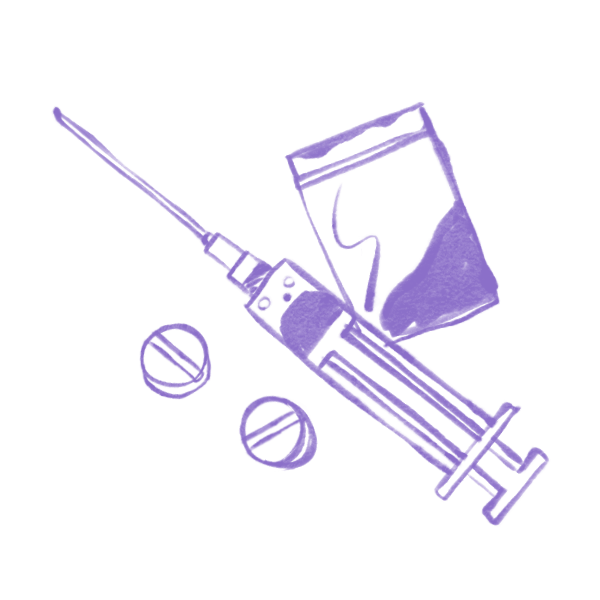
Parental Substance Abuse
Substance abuse, including alcohol and drugs, can impair parental judgment, increase aggression, and lead to neglect or physical harm to children
Substance-dependent parents may prioritize their addiction over caregiving responsibilities, putting children at risk of neglect or exposure to unsafe environment.
-

Domestic violence & Family Conflict
Exposure to domestic violence or ongoing family conflict can create a hostile and unsafe environment for children
Children may become victims of direct physical or emotional abuse, witness violence between caregivers, or experience trauma from the overall family dynamics
-

Parental Mental Health Issues
Parents with untreated mental health disorders, such as depression, anxiety, or personality disorders, may struggle to provide stable and nurturing care to their children.
Mental health challenges can contribute to neglect, emotional abuse, and difficulties in parent-child relationships.
-

History of Abuse or Trauma
Adults who experienced childhood abuse or trauma themselves may perpetuate cycles of violence or struggle with unresolved trauma, impacting their parenting abilities.
Children from abusive backgrounds may be more vulnerable to re-victimization and psychological distress.
Ways how to prevent abuse
In the Maldives, a child is typically defined as an individual under the age of 18 years. This definition aligns with international standards and recognizes the vulnerability and protection needs of individuals during their developmental stages.
